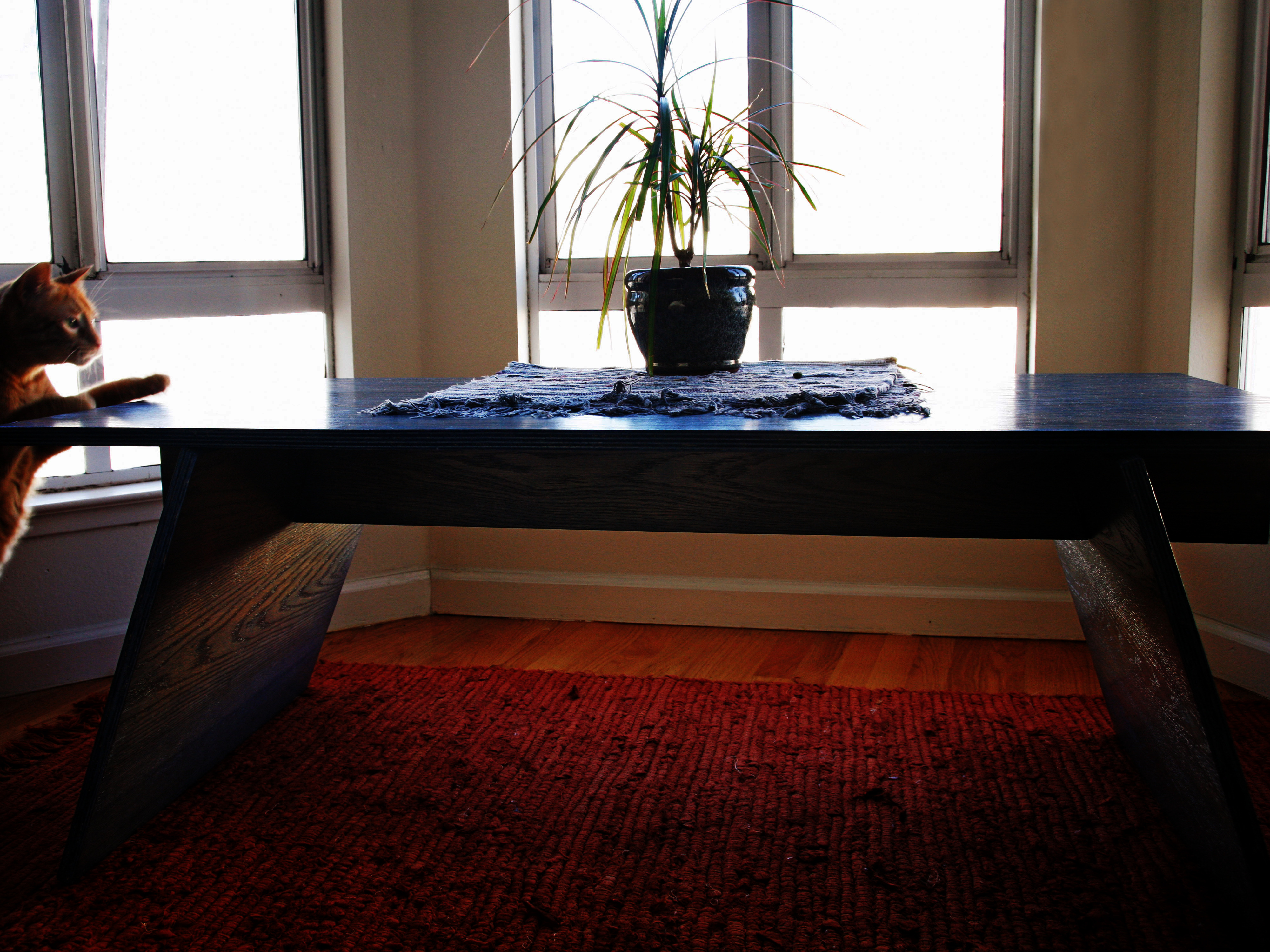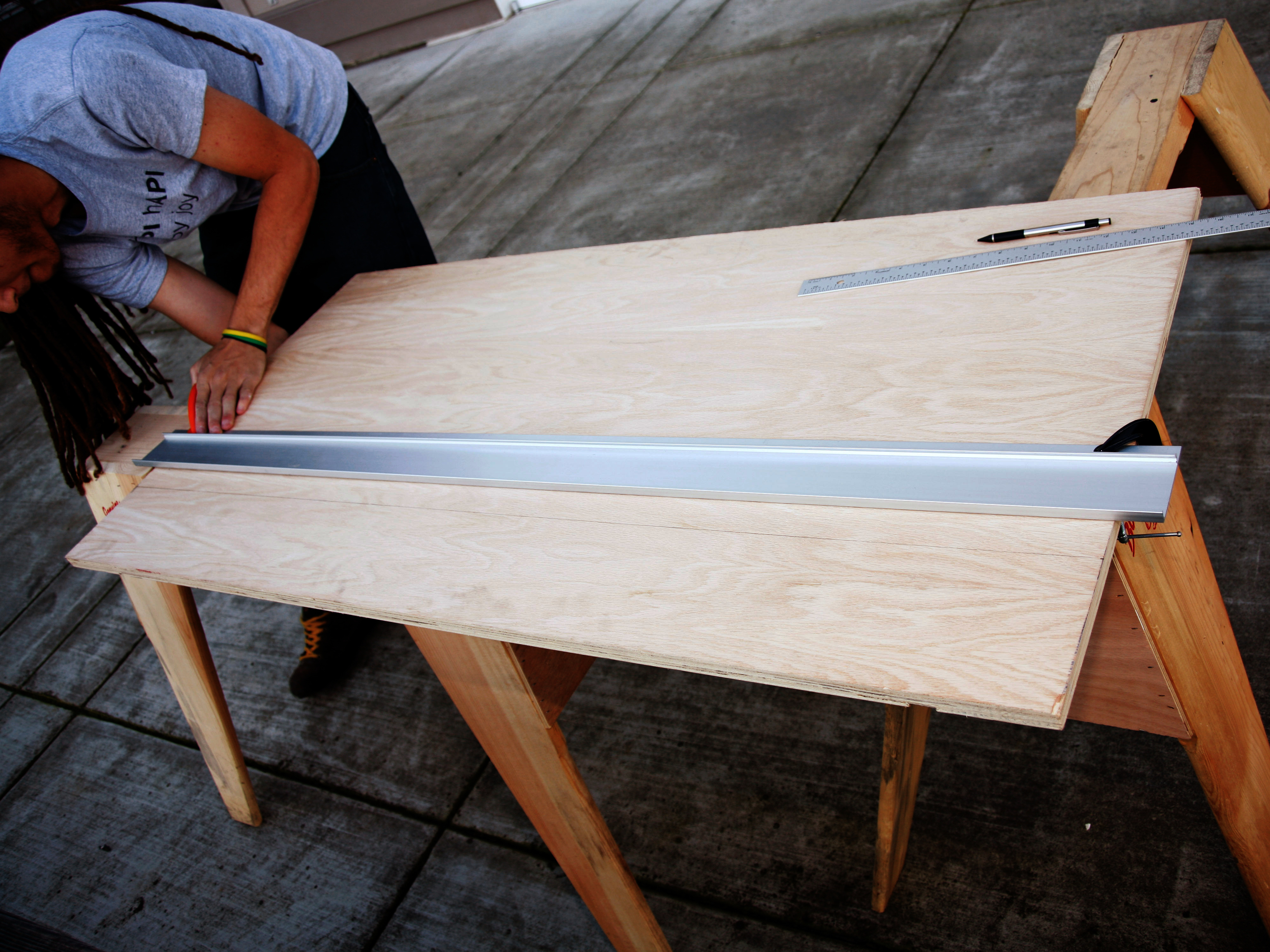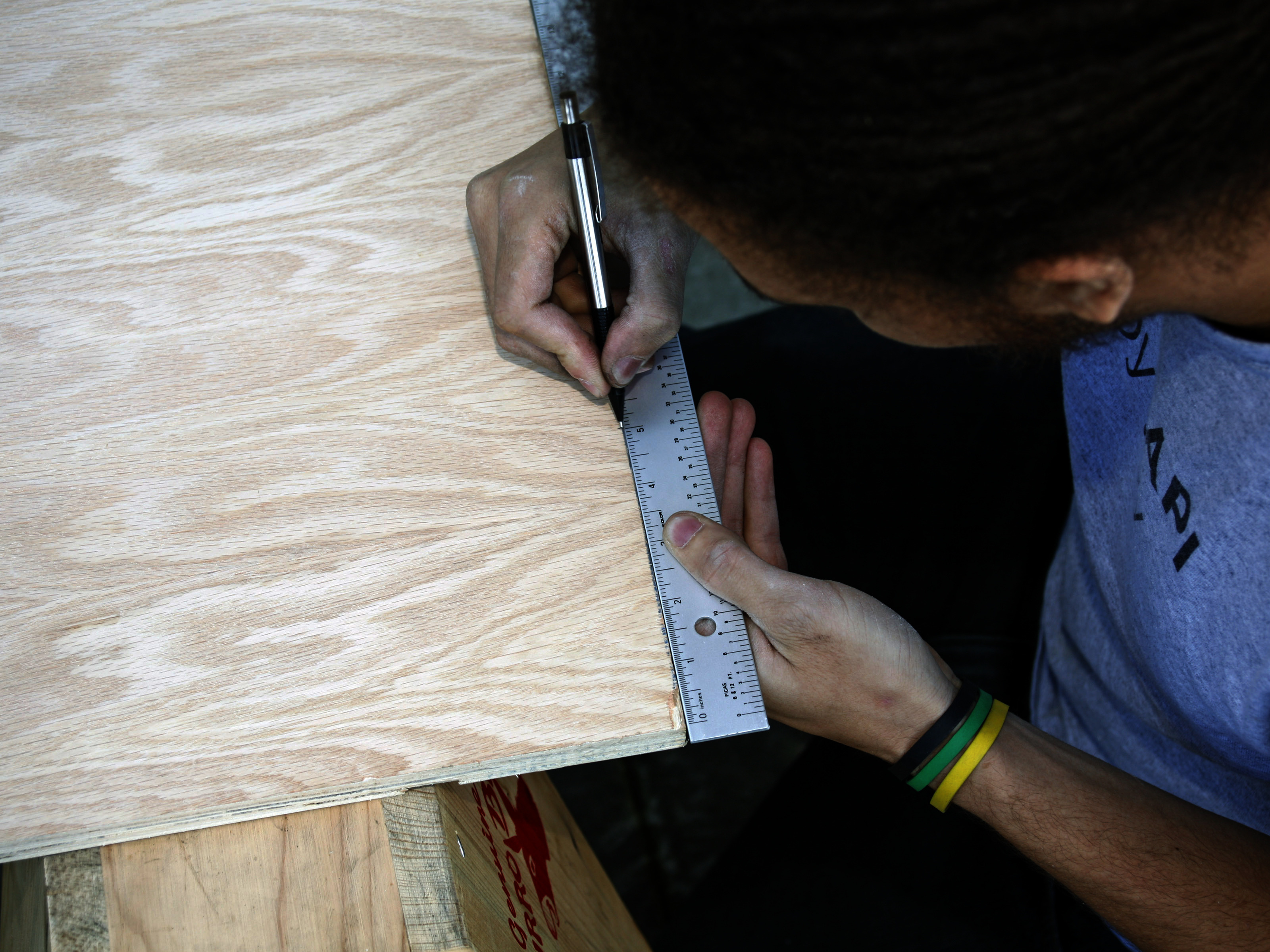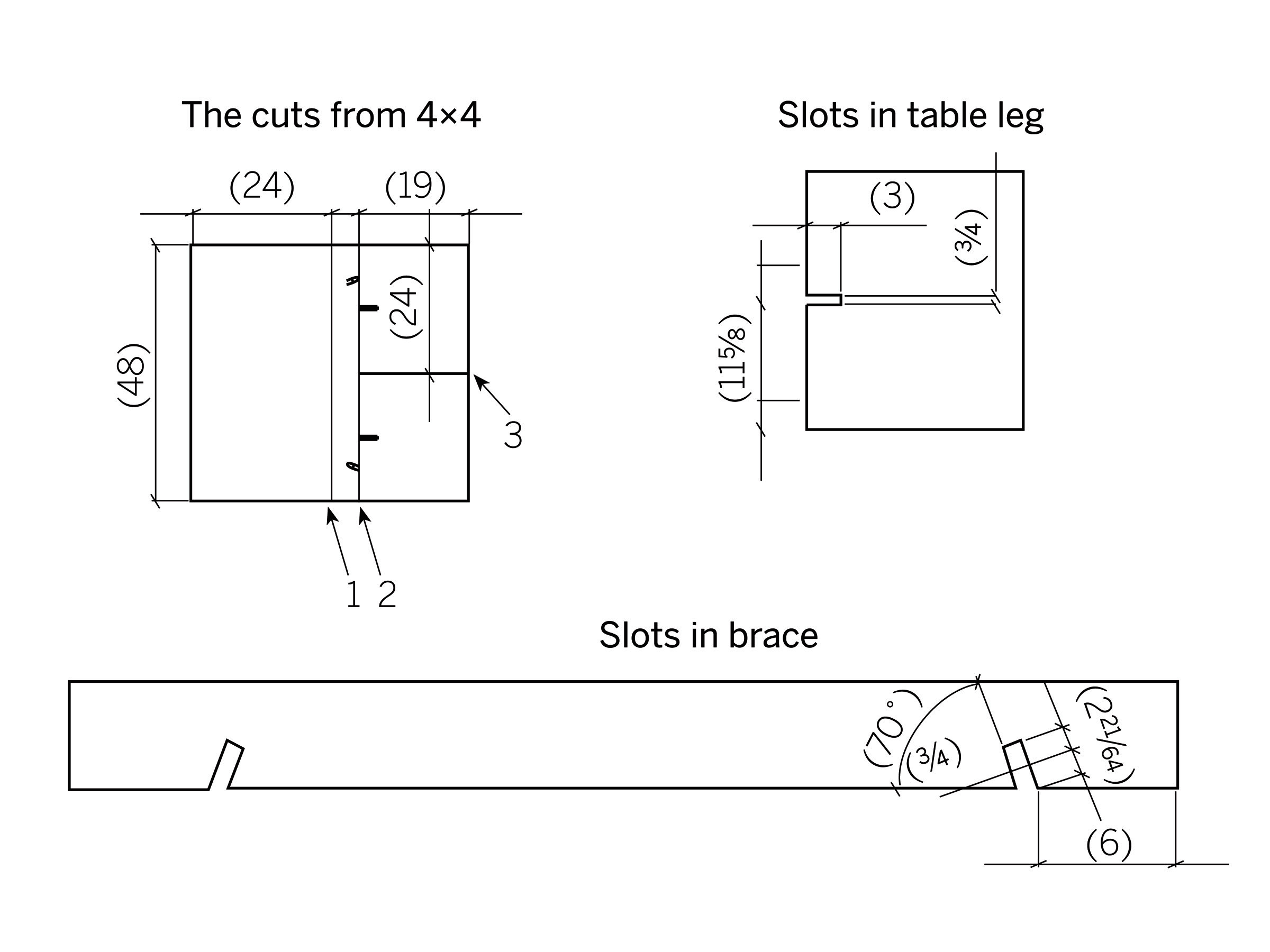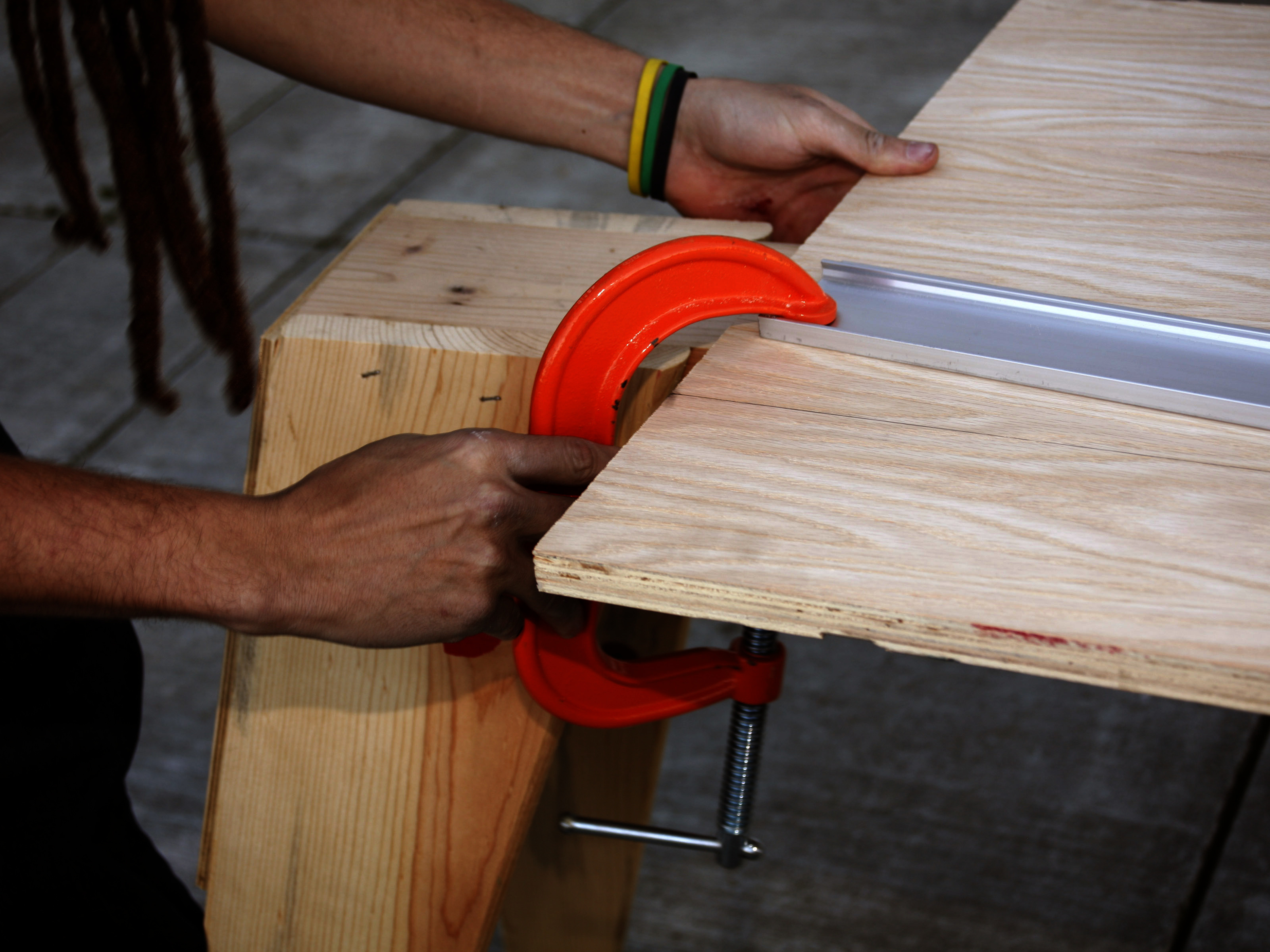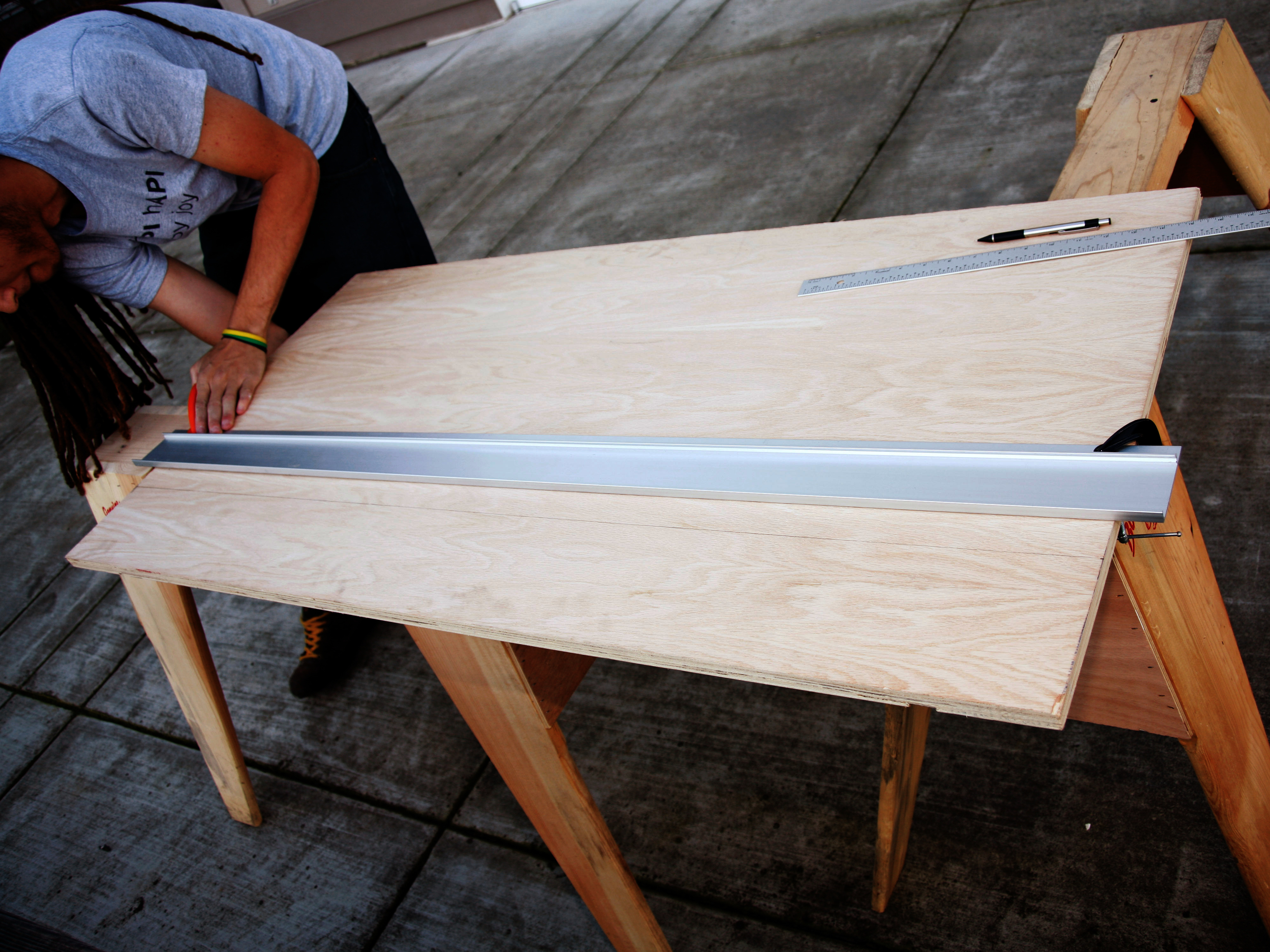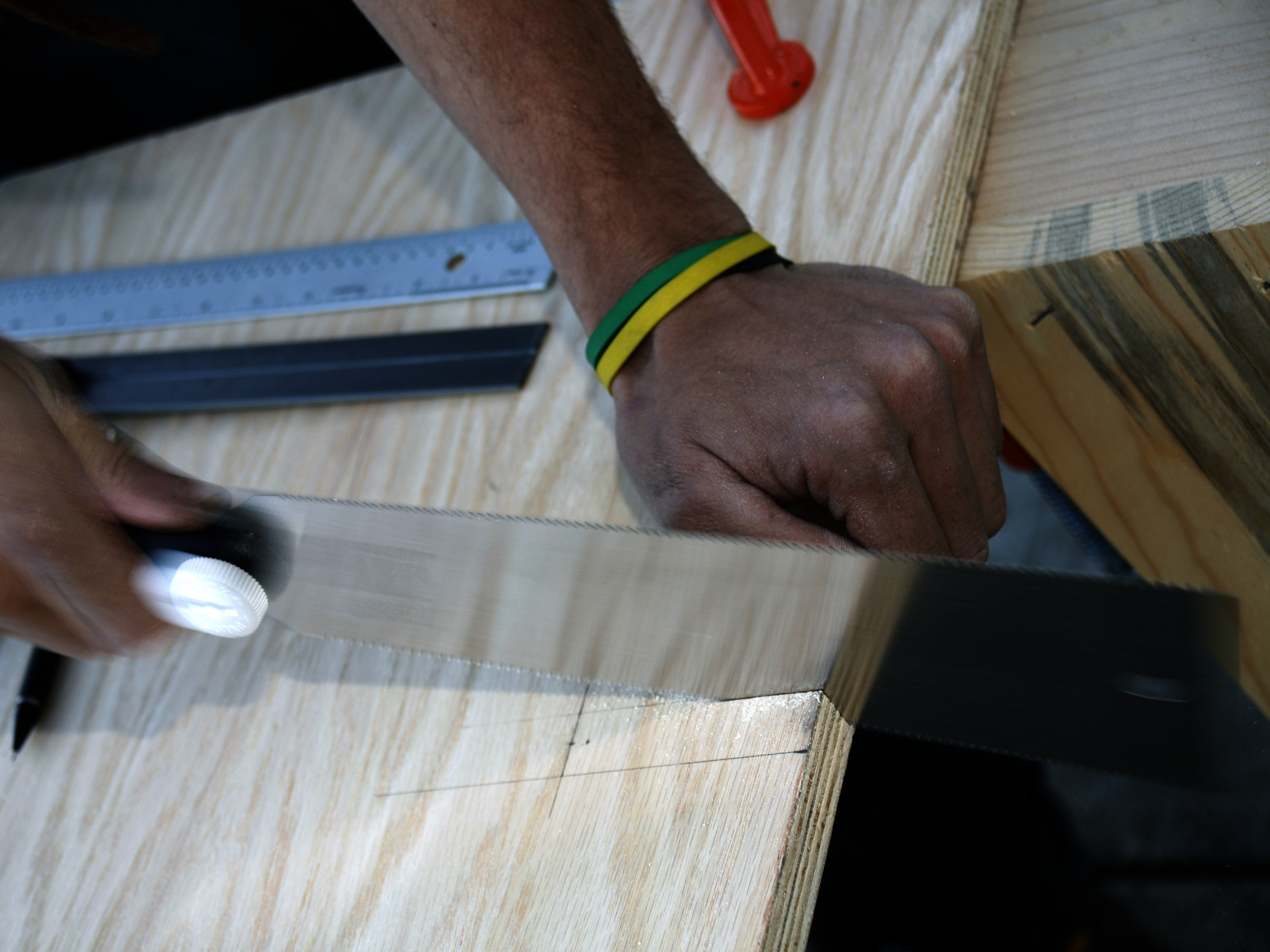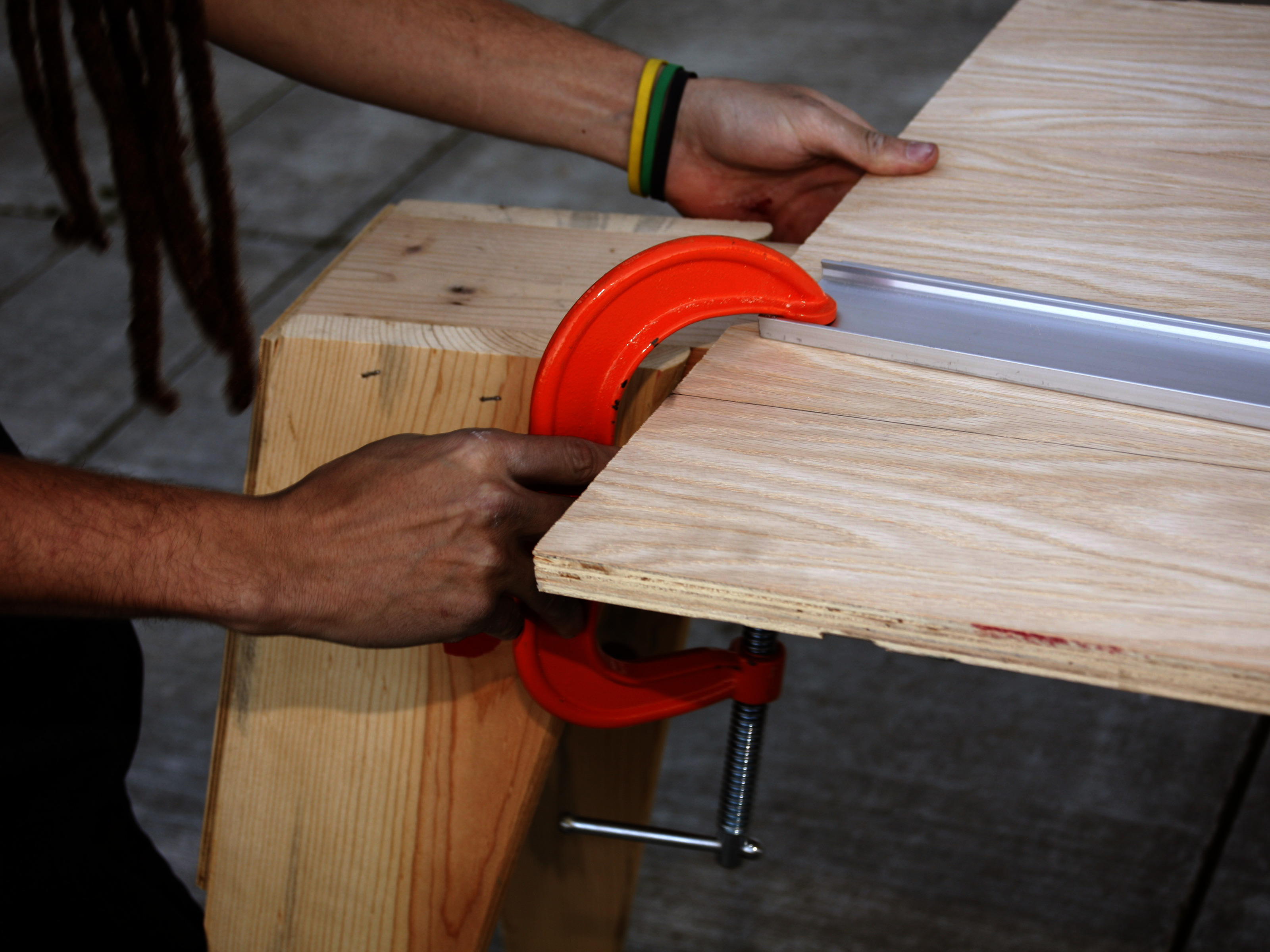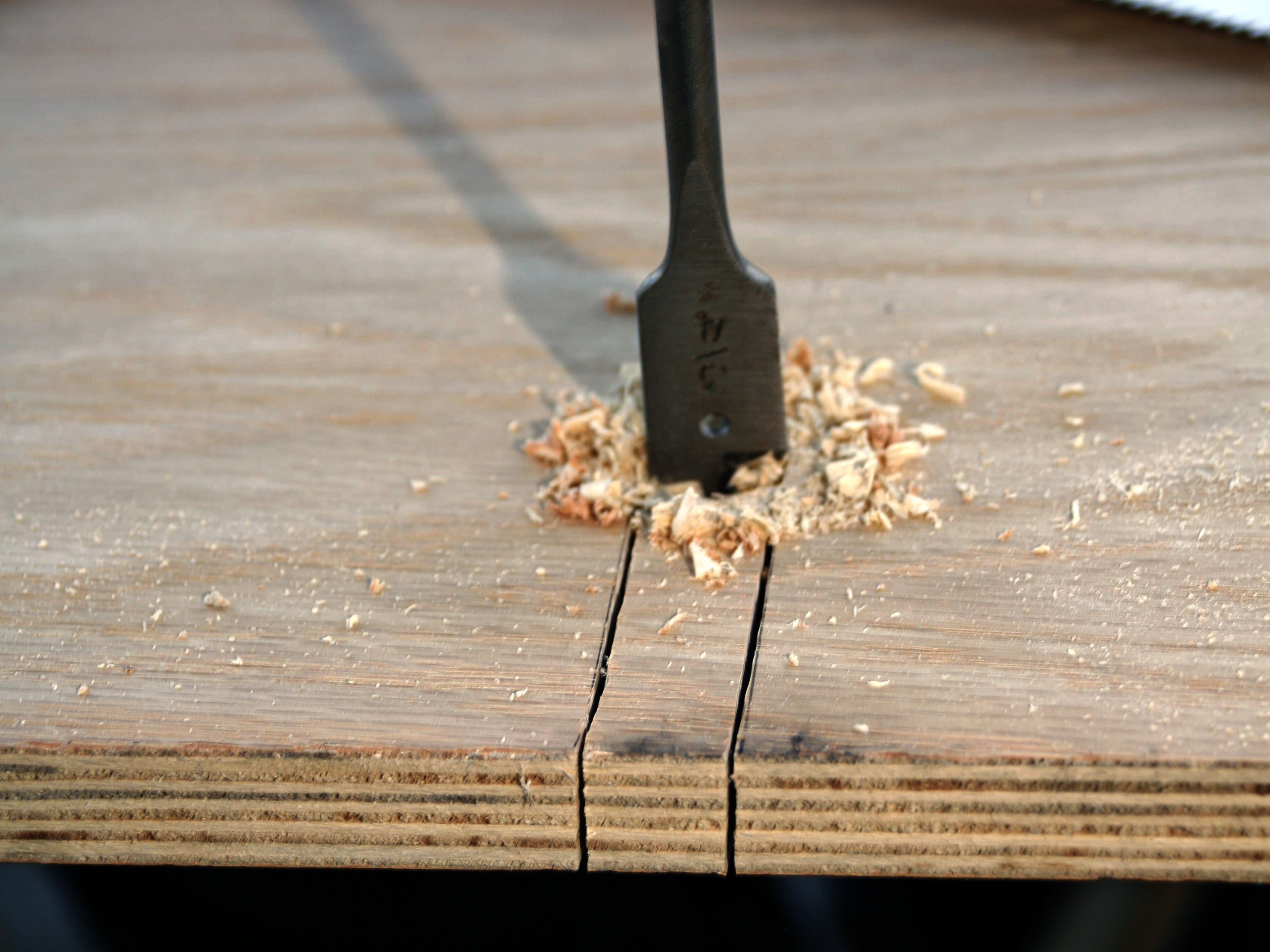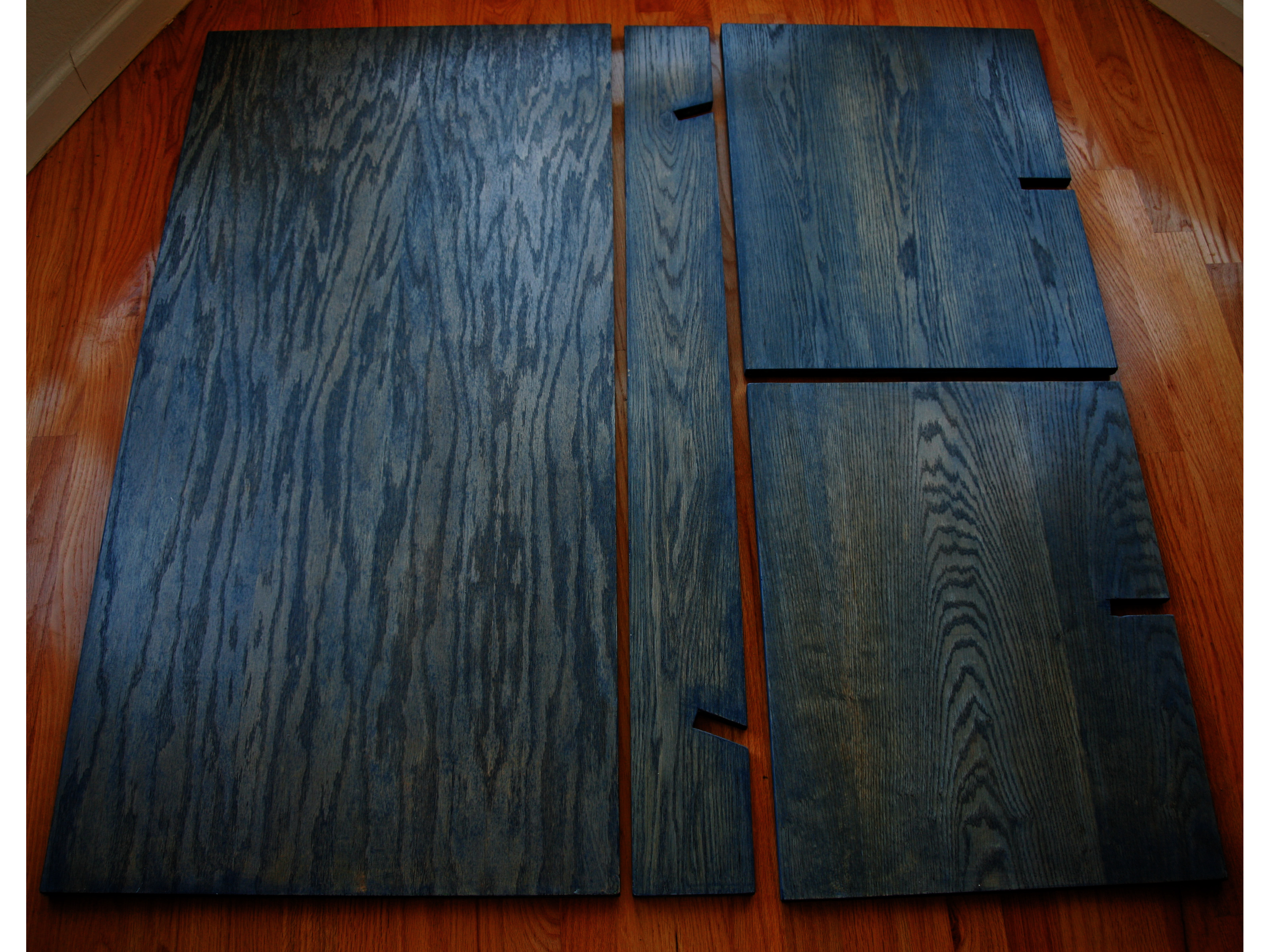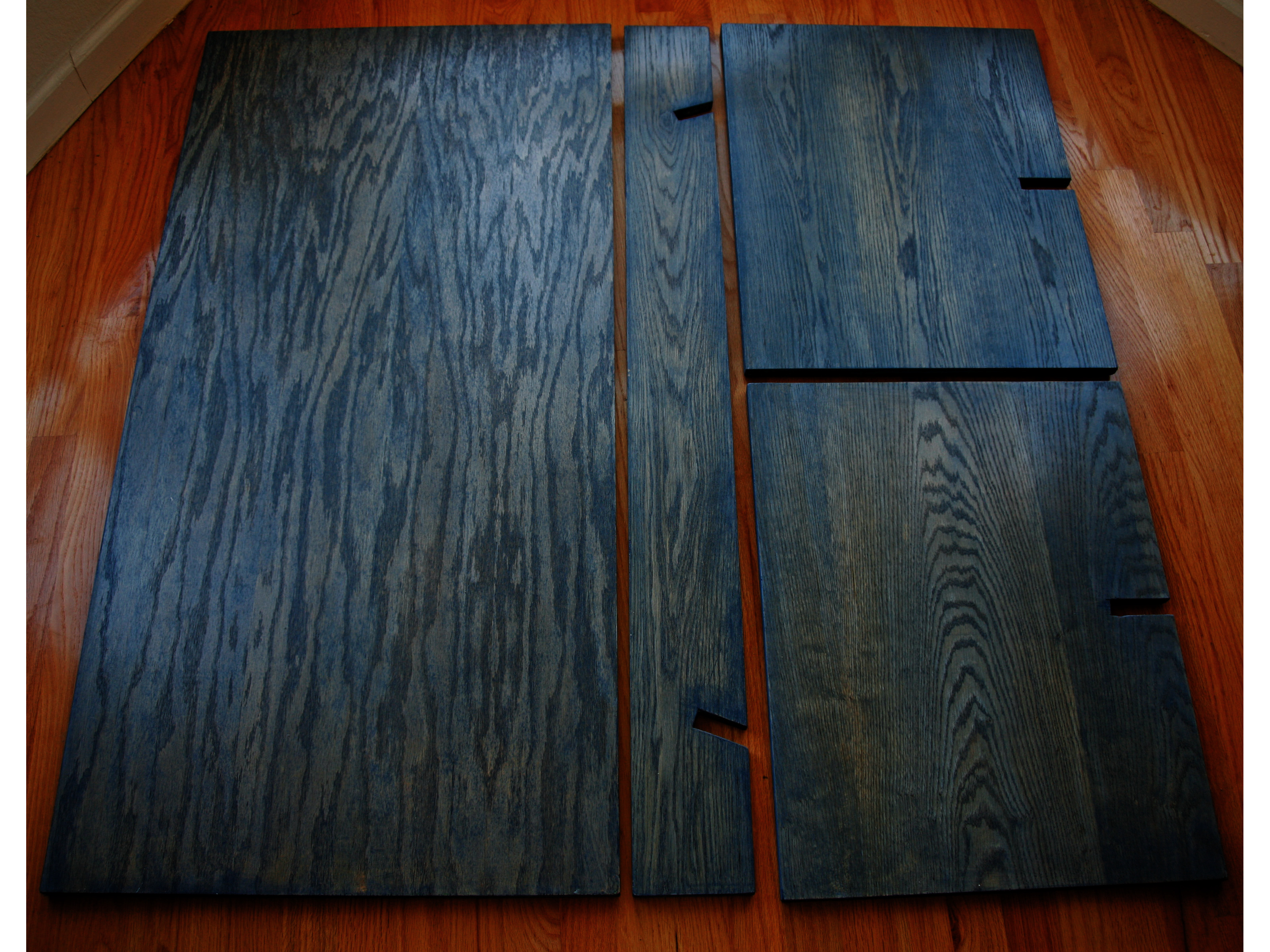When I needed some furniture, I decided to build a set out of 3/4" birch veneer plywood. To make the furniture easy to assemble without any fasteners, I designed each component piece with slots that mate with one another and hold the whole piece together. Not having fasteners makes the furniture easy to pack up and transport. Finally, each piece is cut exactly from a half sheet of plywood to avoid waste.
Projects from Make: Magazine
Plywood Coffee Table
Make elegant furniture with no nails, screws, or glue.
